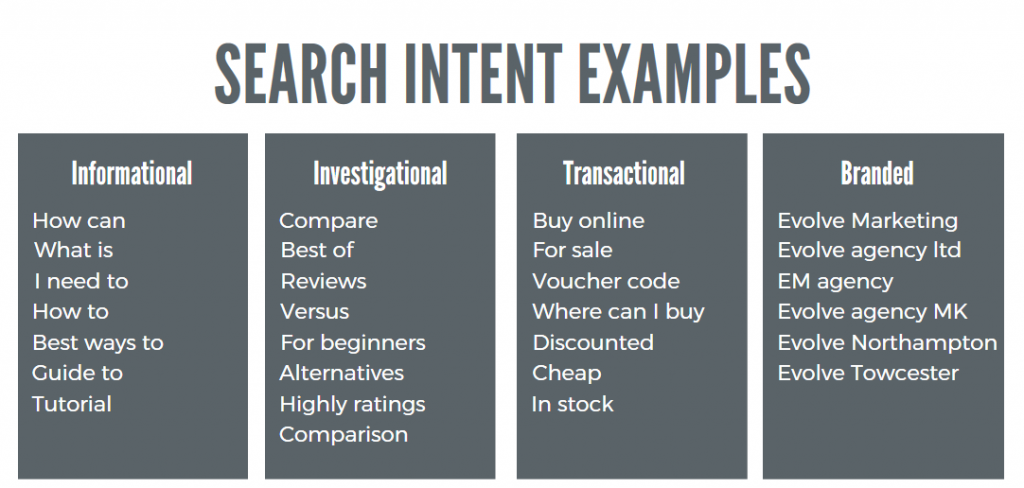We were delighted to celebrate our 17th anniversary last month. We have come a long way since opening our doors in 2006.
We are excited about the future and being able to help our manufacturing and professional services clients develop and grow their businesses during 2022 and beyond. As the digital world and marketing evolve rapidly, we are well-placed to ensure our clients benefit from more direct ways to engage with their prospects and customers.
We would also like to take this opportunity to say thank you to all our wonderful clients, partners, staff, suppliers, friends and family for their ongoing support – much of what we do is a team effort and your input is very much appreciated.

 Your website is the key to your marketing success. It needs to be found, load quickly, be mobile-friendly, engender trust, generate enquiries and help to build sales.
Your website is the key to your marketing success. It needs to be found, load quickly, be mobile-friendly, engender trust, generate enquiries and help to build sales. Here at Evolve we are delighted to announce that once again we’ve retained our place on The Drum’s recommended agency register (formerly called RAR) until July 2020.
Here at Evolve we are delighted to announce that once again we’ve retained our place on The Drum’s recommended agency register (formerly called RAR) until July 2020.



As part of raising awareness World Mental Health Day on Saturday, we are sharing a gentle reminder to take time out for yourself to care for your mental health, and do reach out for help and support if you need to.
At EvoIve Marketing we know how important mental health is, and are very pleased to now have a Mental Health First Aider in the office. Congratulations to Sharon on completing 2-day MHFA course in the Summer.